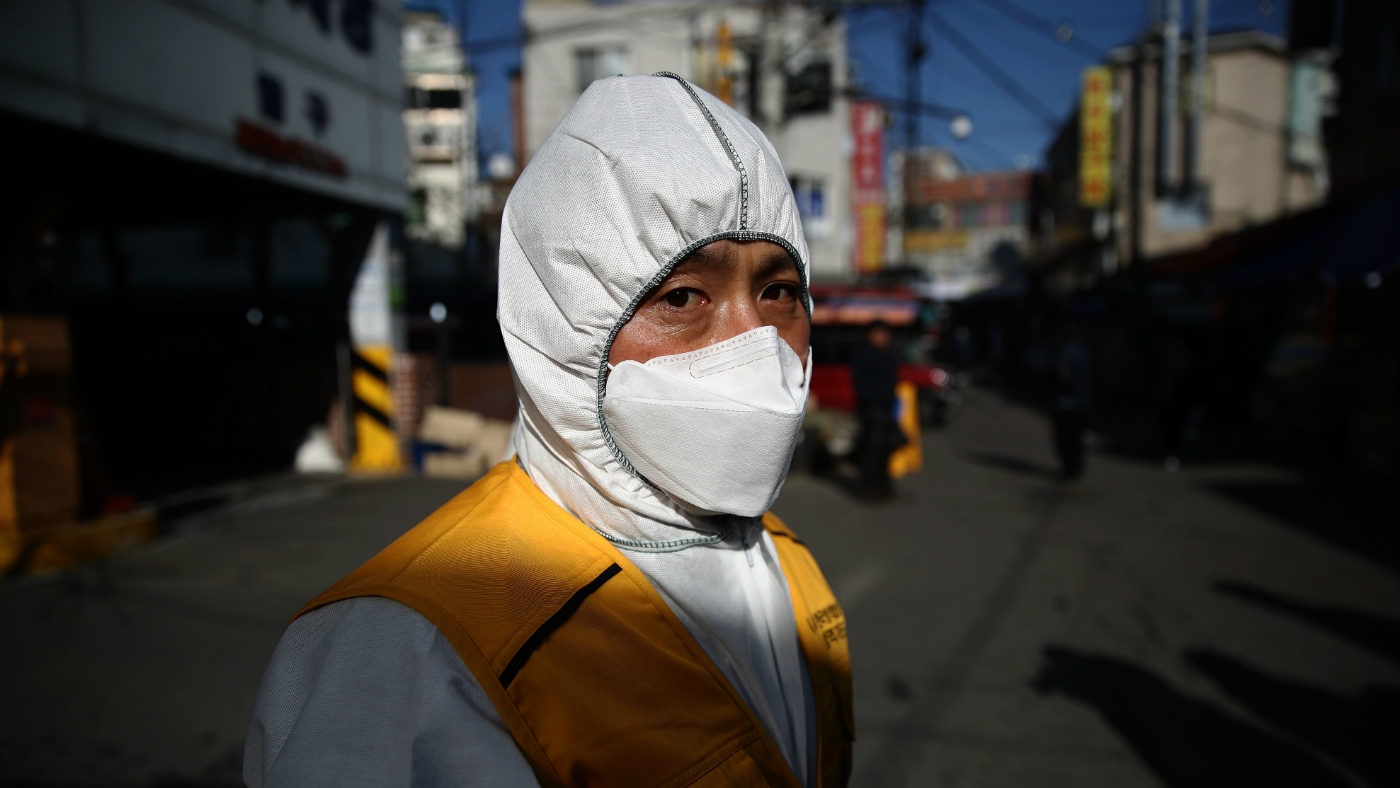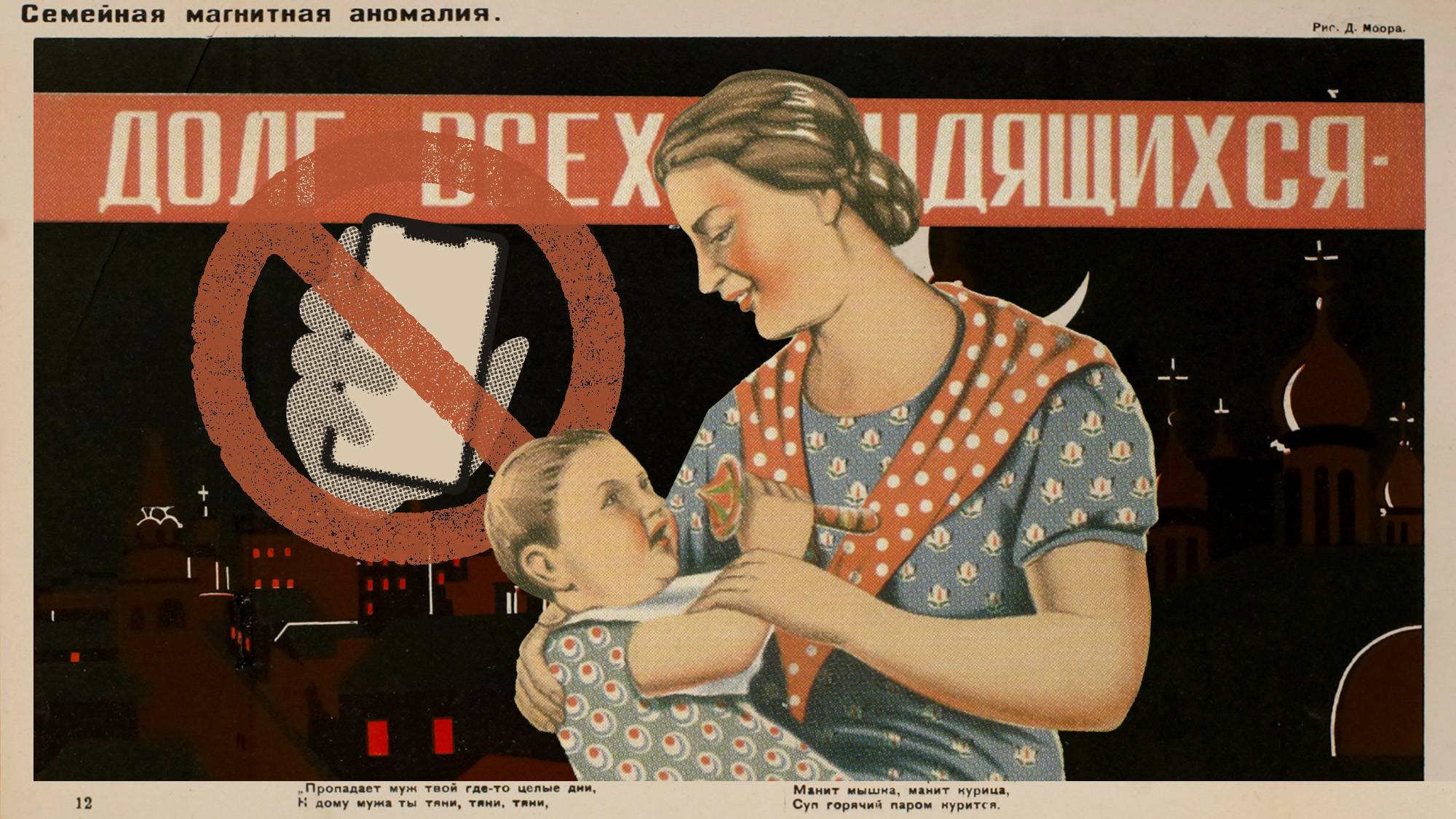What makes coronavirus deadly to some but not others?
Experts says immune system may work against the body in severe cases of the infection

As the new coronavirus spreads across the world, scientists are grappling with a key question: why does the infection kill some people and not others?
The Covid-19 disease has infected more than 80,000 people so far, with the vast majority of patients in mainland China.
Although more than 33,000 people have recovered from the infection, at least 2,800 patients have died, according to latest figures from real-time statistics website Worldometer.
The Week
Escape your echo chamber. Get the facts behind the news, plus analysis from multiple perspectives.

Sign up for The Week's Free Newsletters
From our morning news briefing to a weekly Good News Newsletter, get the best of The Week delivered directly to your inbox.
From our morning news briefing to a weekly Good News Newsletter, get the best of The Week delivered directly to your inbox.
The overall fatality rate is between 2% and 4% in China’s Hubei province, at the centre of the outbreak, and around 0.7% in the rest of the country, according to the World Health Organization (WHO).
A new analysis of data from the Chinese Centre for Disease Control and Prevention found that of more than 72,000 cases, no deaths had been reported in patients aged nine years and younger, while those aged between 70 and 79 had an 8% fatality rate, rising to 14.8% among patients aged 80 years and older.
What are coronavirus symptoms?
The virus is spread when an infected person sneezes or coughs, spraying droplets through the air.
A free daily email with the biggest news stories of the day – and the best features from TheWeek.com
In the early days of an infection, the coronavirus rapidly invades the lung cells. National Geographic says that these lung cells “come in two classes: ones that make mucus and ones with hair-like batons called cilia”.
“Mucus, though gross when outside the body, helps protect lung tissue from pathogens and make sure your breathing organ doesn’t dry out,” the science and nature website continues. “The cilia cells beat around the mucus, clearing out debris like pollen or viruses.”
Some experts suspect that like the Sars virus that struck in 2003, the new coronavirus attacks and kills cilia cells, causing the sufferer’s airways to become full of debris and fluids. Preliminary research indicates that this can result in anything from cold-like symptoms to full-blown pneumonia in both lungs.
At this point, the body’s immune system kicks in, with most patients making a full recovery in a matter of weeks.
–––––––––––––––––––––––––––––––For a round-up of the most important stories from around the world - and a concise, refreshing and balanced take on the week’s news agenda - try The Week magazine. Start your trial subscription today –––––––––––––––––––––––––––––––
How does it kill?
Many of the fatalities arising from coronavirus are believed to be not a result of the disease itself, but rather of the body’s overreaction to it.
As soon as the disease begins to attack the lungs, the human immune system will concentrate its attacks on the viral invader, flooding the lungs with immune cells to clear away the damage and repair the lung tissue. These immune cells are directed to the affected area by proteins known as cytokines.
However, people with dysfunctional immune systems may experience what is known as a cytokine storm: where the cytokines effectively send out an SOS signal that causes far too many immune cells to flood into the stricken area.
A cytokine storm is like a kamikaze attack in which the immune system launches all of its weapons at once, destroying the foreign invader but potentially doing irreversible damage to healthy tissue.
Inflammations can then spread from the lungs through the bloodstream to other organs, potentially causing internal bleeding and organ failure.
As The Telegraph notes, cytokine storms are frequently fatal and are thought to have been one of the primary causes of death during the 1918 Spanish flu epidemic, which killed a disproportionately high number of previously healthy men and women between the ages of 20 and 40.
By contrast, most seasonal flu viruses have a higher mortality rate among very young children and the elderly.
Why does Covid-19 kill only certain people?
Currently, it’s too early to tell.
Azra Ghani, professor of infectious disease epidemiology at Imperial College London, says: “What’s different with this disease is that it’s a new virus and therefore the whole population is potentially susceptible. Everyone is immunologically naive and no one has been exposed to it before.”
The Scientist website adds that it is difficult to explain “why young, healthy people also sometimes die from the disease - for instance, Li Wenliang, a 34-year-old doctor who first sounded the alarm about the virus”. He died a few weeks after contracting the pathogen.
“Genetic and environmental risk factors might help explain the severity of infections”, and “smoking or air quality may also play a role in disease severity”, says the science news site.
Anomalies in the spread of the disease are further confusing matters, however.
Information site Healthline notes that so far, “there are almost no cases of Covid-19 in children under nine years old”, but scientists “aren’t sure whether young children aren’t getting infected or their symptoms are so mild that no one notices it”.
-
 Russia’s ‘weird’ campaign to boost its birth rate
Russia’s ‘weird’ campaign to boost its birth rateUnder the Radar Demographic crisis spurs lawmakers to take increasingly desperate measures
-
 Could smaller cars bring down vehicle prices?
Could smaller cars bring down vehicle prices?Today’s Big Question Trump seems to think so, but experts aren’t so sure
-
 2025’s most notable new albums
2025’s most notable new albumsThe Week Recommends These were some of the finest releases of the past year
-
 How Bulgaria’s government fell amid mass protests
How Bulgaria’s government fell amid mass protestsThe Explainer The country’s prime minister resigned as part of the fallout
-
 Femicide: Italy’s newest crime
Femicide: Italy’s newest crimeThe Explainer Landmark law to criminalise murder of a woman as an ‘act of hatred’ or ‘subjugation’ but critics say Italy is still deeply patriarchal
-
 Brazil’s Bolsonaro behind bars after appeals run out
Brazil’s Bolsonaro behind bars after appeals run outSpeed Read He will serve 27 years in prison
-
 Americans traveling abroad face renewed criticism in the Trump era
Americans traveling abroad face renewed criticism in the Trump eraThe Explainer Some of Trump’s behavior has Americans being questioned
-
 Nigeria confused by Trump invasion threat
Nigeria confused by Trump invasion threatSpeed Read Trump has claimed the country is persecuting Christians
-
 Sanae Takaichi: Japan’s Iron Lady set to be the country’s first woman prime minister
Sanae Takaichi: Japan’s Iron Lady set to be the country’s first woman prime ministerIn the Spotlight Takaichi is a member of Japan’s conservative, nationalist Liberal Democratic Party
-
 Russia is ‘helping China’ prepare for an invasion of Taiwan
Russia is ‘helping China’ prepare for an invasion of TaiwanIn the Spotlight Russia is reportedly allowing China access to military training
-
 Interpol arrests hundreds in Africa-wide sextortion crackdown
Interpol arrests hundreds in Africa-wide sextortion crackdownIN THE SPOTLIGHT A series of stings disrupts major cybercrime operations as law enforcement estimates millions in losses from schemes designed to prey on lonely users